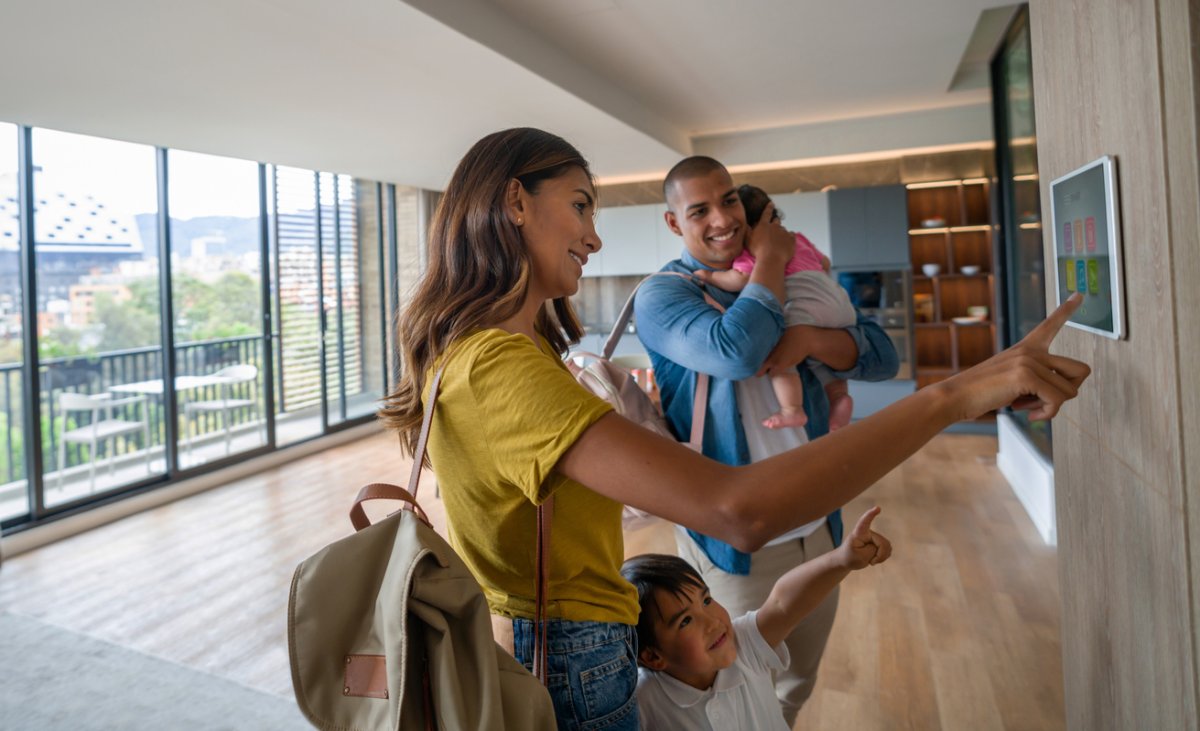

We may earn revenue from the products available on this page and participate in affiliate programs. Learn More ›
Q: I’ve noticed a recent increase in break-ins and property theft in my neighborhood over the past few months, and I’d like to make sure my home is as safe as possible. I don’t have the budget to replace all of my doors and windows, though, so what are some top home security tips to increase my home’s safety?
A: This is a great response to an increase in crime—take stock of your budget and your home’s current security situation, and follow with reasonable steps to upgrade and improve security when you can. Securing a home can often be achieved by using a few creative home security ideas, and it’s natural for a new homeowner or renter to be looking for a few security tips for home safety improvement. Fortunately, many of the best home security tips and tricks are common-sense steps that residents can take without spending a lot of money, and while others may involve some upgrades or small investments, the peace of mind knowing that your home is as safe as possible is worth it.
Keep doors and windows secure, even when at home or leaving on short errands.
One of the simplest, cheapest steps residents can take to prevent home invasion is to keep their windows and doors locked at all times when they are not actively in use. This is especially important on the first floor, as the easiest way for an intruder to gain access to a home is through first-floor windows and doors that aren’t locked. This doesn’t mean that residents can’t open the windows—but for good security, it’s important that they make a habit of closing and locking windows when leaving them unattended, overnight, or leaving the home, and locking all doors.
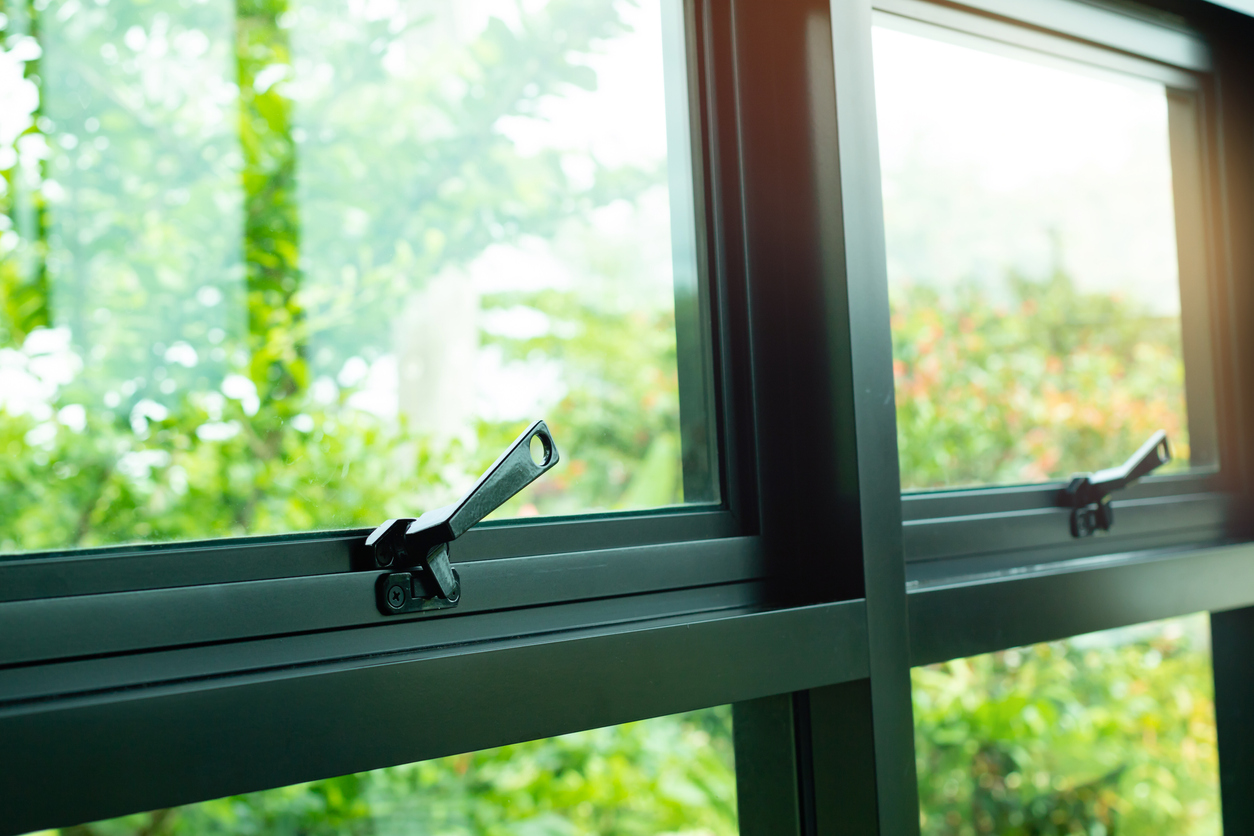
There are options available for those who prefer to keep windows open more often but still want to feel safe. For double-hung windows, residents can purchase window wedges or small rubber feet that fit between the sashes to prevent the window from being opened more than a few inches. There are also more permanent devices available, such as pins and bolts that can be affixed to the sashes at various intervals to allow for ventilation. In addition, tools as simple as a dowel placed between the open sash and the window frame can inhibit the window from being opened further. Sliding windows and doors can be secured in a slightly open position using barrier bars and locking pins.
If the existing types of door locks and window locks are strong and functional, including solid and secure deadbolts, then keeping those locks in use is the most important step residents can take. If they aren’t, or the home is in a higher-crime area, there are additional options. Replacing an old deadbolt and/or the door frame into which it locks is a low-cost choice that can significantly upgrade front door security. Some older windows don’t have functional locks, so replacing broken locks or adding new ones where there previously weren’t any is another option that won’t break the bank. While it’s a more significant cost, adding safety features such as window bars or grates or replacing older doors with new solid-core security doors can make a huge difference in the home’s overall security.
Change the locks when moving into a new home, and keep any spare keys in a secure lock box.
Many people will give a spare key to a neighbor, friend, or family member to access their home in case of emergency. This is fine, as long as all of those people continue to be trusted members of the resident’s inner circle. However, the previous home’s occupant probably shared keys with members of their inner circle as well, and who knows how many others.
One of the first steps for residents to achieve security at home is making sure that they know where all the keys are, which means changing or rekeying the locks immediately after moving in. This is a great opportunity for residents to replace the locks entirely, especially if they’re older or not as secure as they could be. If the locks are newer and in great shape, then calling a locksmith to reset the tumblers and provide new keys is a less-expensive method to ensure that only people the current residents know and trust have access.
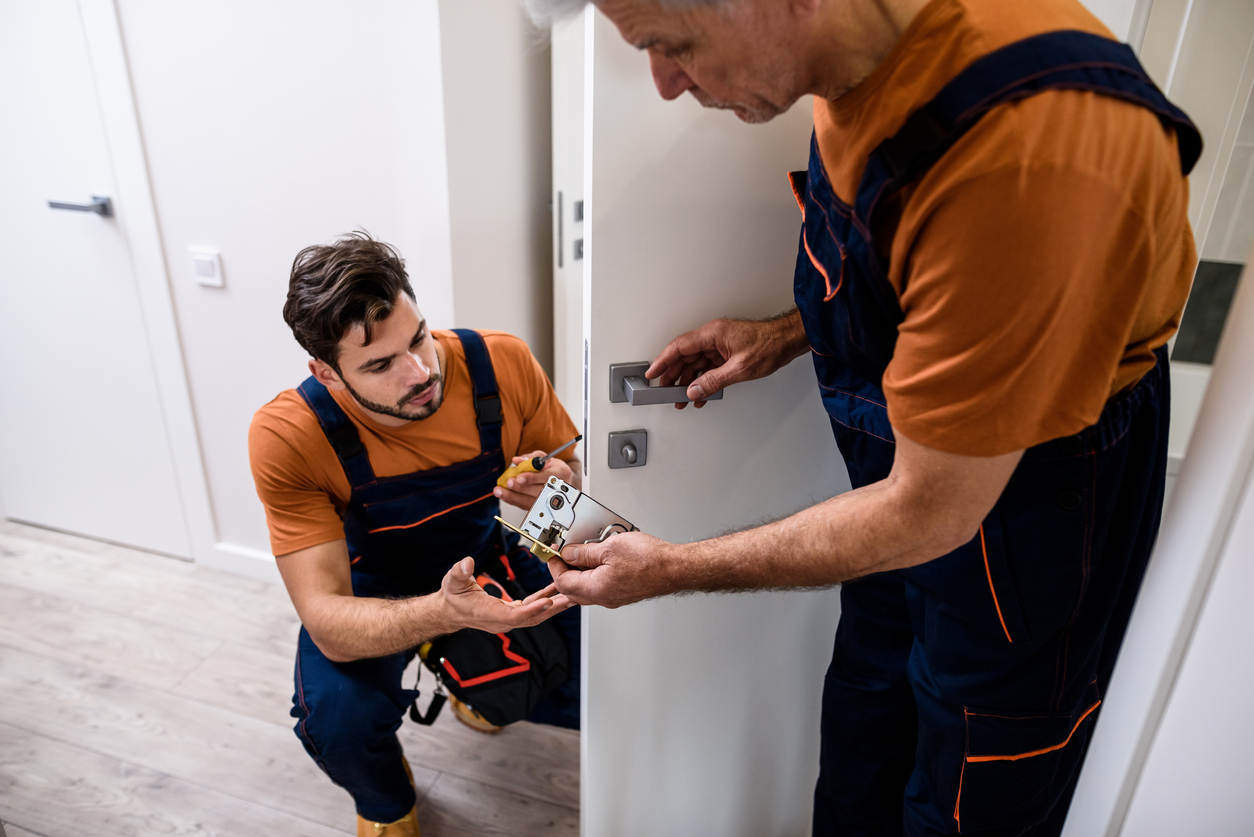
Spare keys will need to be kept in a secure location. A key rack in full view of a door or window is not that location—a savvy thief may see that the keys are there, opportunistically snatch them in an unattended moment, and come back at their leisure to take their time robbing the home. It’s critical for the home’s residents to know where all the keys are at any given time, so a lockbox or safe is the best place to keep the spares so they’ll be accessible when needed but unavailable to casual passersby.
Alternatively, residents can install a smart lock on their front door that’s operable by entering a passcode. They can check that the door is locked using a mobile app, and they can assign specific codes to different people to keep track of who has opened their door. If the resident will have workers coming to their home, they can assign a unique passcode to them that will expire once the work has been completed, eliminating the concern that workers could have unfettered access to the home.
Keep the home’s exterior well lit and consider motion detectors or infrared lighting.
Lighting seems like such a simple addition, but it’s a criminal’s worst enemy. Keeping the exterior well lit makes a home inhospitable to those who would like to break in; shadows are far more welcoming, so adding light to a dark exterior makes a home less inviting. Continuous light near entry points is ideal, but a layered approach, including motion detector lighting, adds security to the home by drawing attention to movement. A resident or nearby neighbor is likely to investigate the situation if a light suddenly flashes on in a backyard; criminals know this and don’t want attention drawn to them, so they’re more likely to change direction or leave when a motion detector turns on a sudden flood of light. Infrared detectors are more recent additions to the stable of security products: These sensors detect heat rather than motion, so they can trigger lights to come on even if the criminal is just outside of a motion sensor’s range or is moving especially slowly to avoid detection. This can be a better option than leaving a porch light on at night.
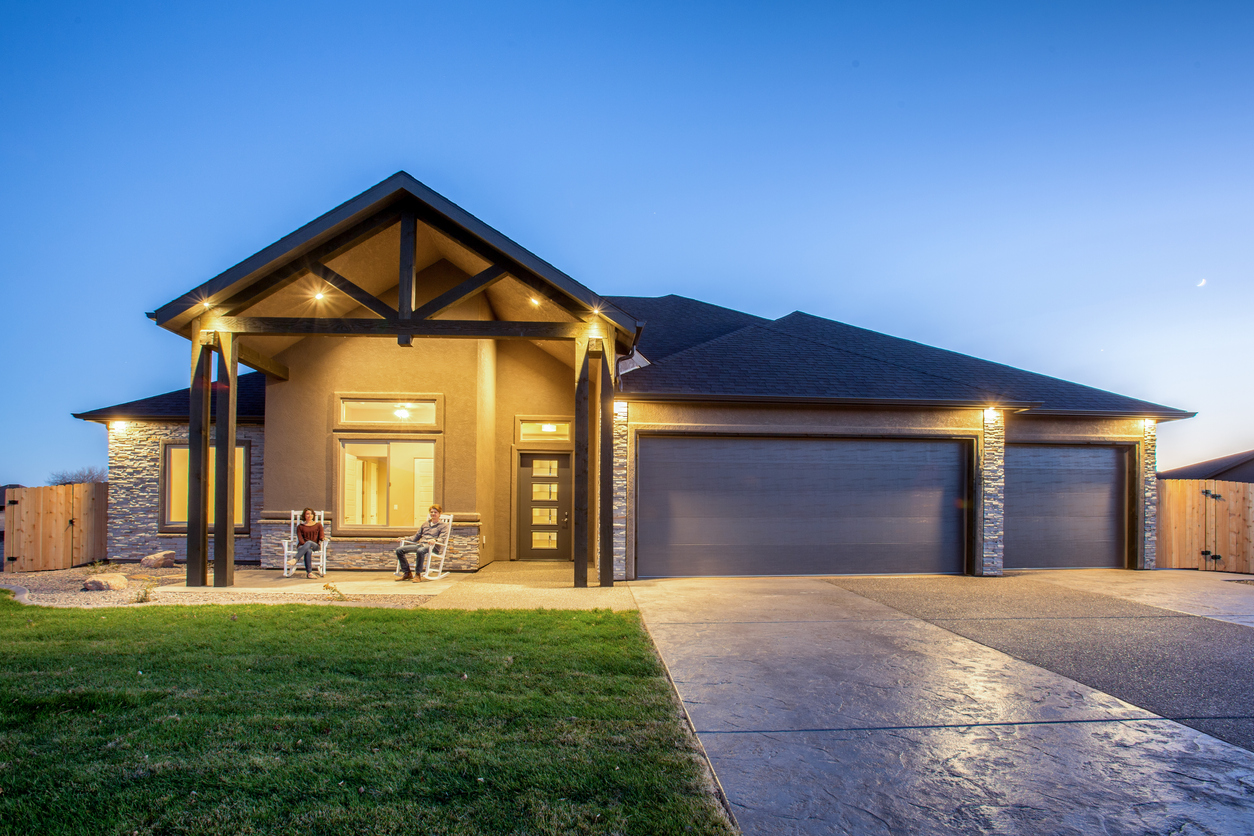
Infrared and motion sensors only work well from a security standpoint if they are set to the proper sensitivity level. An overly sensitive setting can cause the lights to flick on every time a bird or bunny cuts across the field, which can lead residents and neighbors alike to dismiss the light and think “oh, the lights have been triggered by wildlife again,” rendering the attention-getting function of the sensor useless. Devices that aren’t sensitive enough may not pop on when an actual criminal is approaching carefully. Finding that sweet spot between too sensitive and not sensitive enough can take some trial and error.
Create an inventory of any valuables and keep them in a fireproof safe in a hidden location.
Burglars know most of the common hiding places that homeowners trust for their valuables. This means that the clever place a resident thinks they’ve found to tuck their jewelry or extra cash is probably no secret to an intruder, so the best way to protect them is twofold. First, make a careful and detailed inventory of valuable items in the home (including jewelry, artwork, antiques, valuable coins, and other treasures), have them appraised and documented if appropriate, and take good photographs of them. Store this inventory on a cloud server or on a flash drive outside of the home, and also in a fireproof safe inside the home—homeowners and renters insurance companies may also be willing to include the inventory with the policy documents. Lock valuables that will fit into the safe as well, and then find a place to disguise the safe (the floor in the bedroom closet isn’t really a hidden location!). If possible, using the hardware that comes with the safe to bolt it securely to a wall or floor will reduce the likelihood that it’s stolen during a quick burglary. This step will also make it easier to locate and access the safe after a catastrophic flood or fire, and it will make insurance claims more likely to be paid out. Some valuables may be sentimental rather than monetary in value, and preserving those is equally as important.
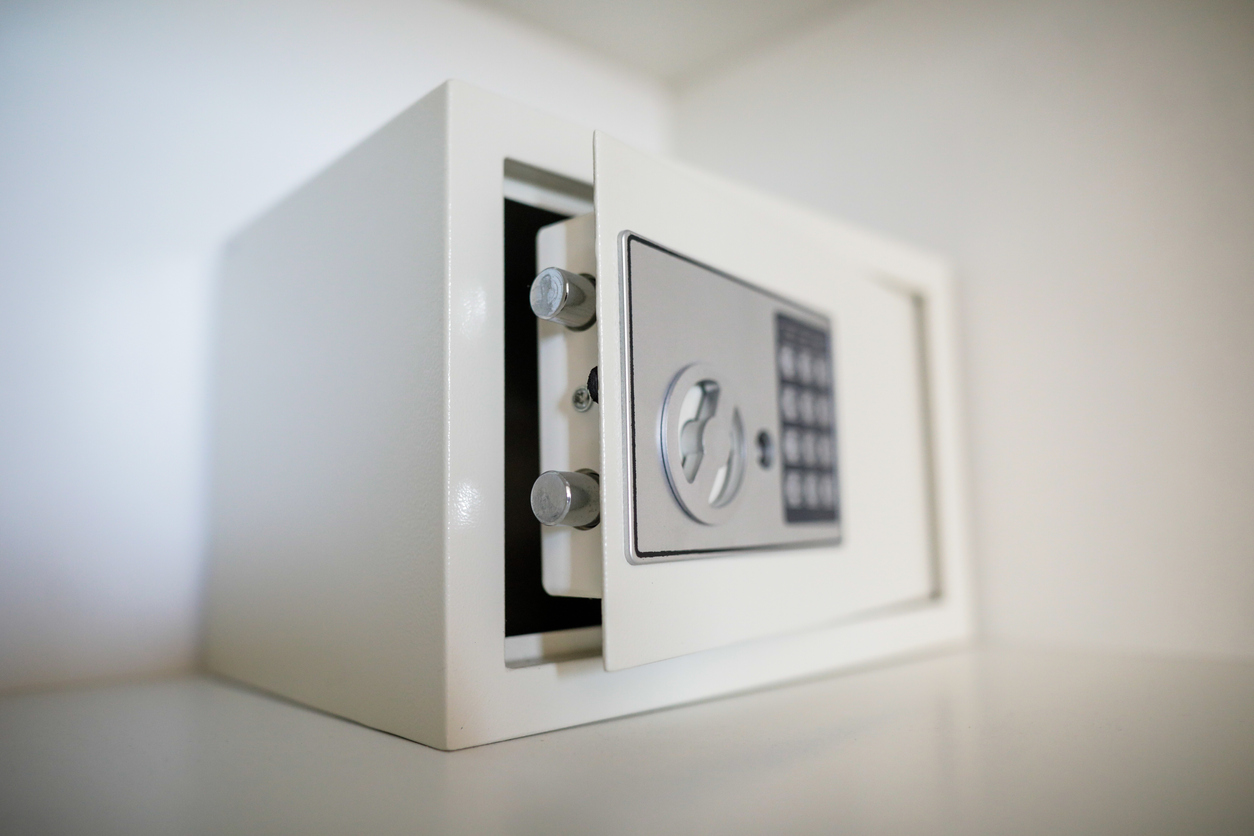
Take safety precautions when you plan to be away from home for an extended period, such as a vacation.
A home that appears to be lived in is a much less attractive target for burglars. Therefore, taking steps to make an unoccupied home look occupied is a great way to increase the security of the home when the residents are away. Placing lights, radios, and televisions on timers—and not setting them to simply turn on and off at the same time every day, but rather to turn on and off in a random or changing pattern that looks more natural—can make it appear that someone is home even when they’re not. Either stopping the mail or asking a trusted neighbor to pick it up each day prevents a pileup, and scheduling packages to be held or delivered elsewhere until the residents return will both prevent the home from looking unoccupied and reduce the chances that the packages will be stolen. Does a neighbor have an overcrowded driveway? Offer them the use of the driveway while you’re away, maybe in exchange for asking the neighbor to take the trash cans to and from the curb on trash day. And finally, ask the neighbor to keep an eye on the home in general, and make sure they have contact information for the residents of the home in case there’s an emergency.
Avoid advertising large purchases by breaking down boxes before taking them to the curb on trash day.
Speaking of trash, what gets taken to the curb can be like an advertising billboard outside a home. Drive through the neighborhood on any given morning (especially after a holiday) and check out who got a new television, new computer, new surround-sound system, and anything else that comes in a large box. These boxes do need to be broken down for recycling, but how far they’re broken down and which side of the box is on the outside of the fold can have a big effect on what a potential criminal thinks is available for the taking inside the home. Break the boxes down as far as possible and fit them into the recycling bin, or fold them so the blank side of the box faces out and bind them together with twine to avoid inviting trouble.
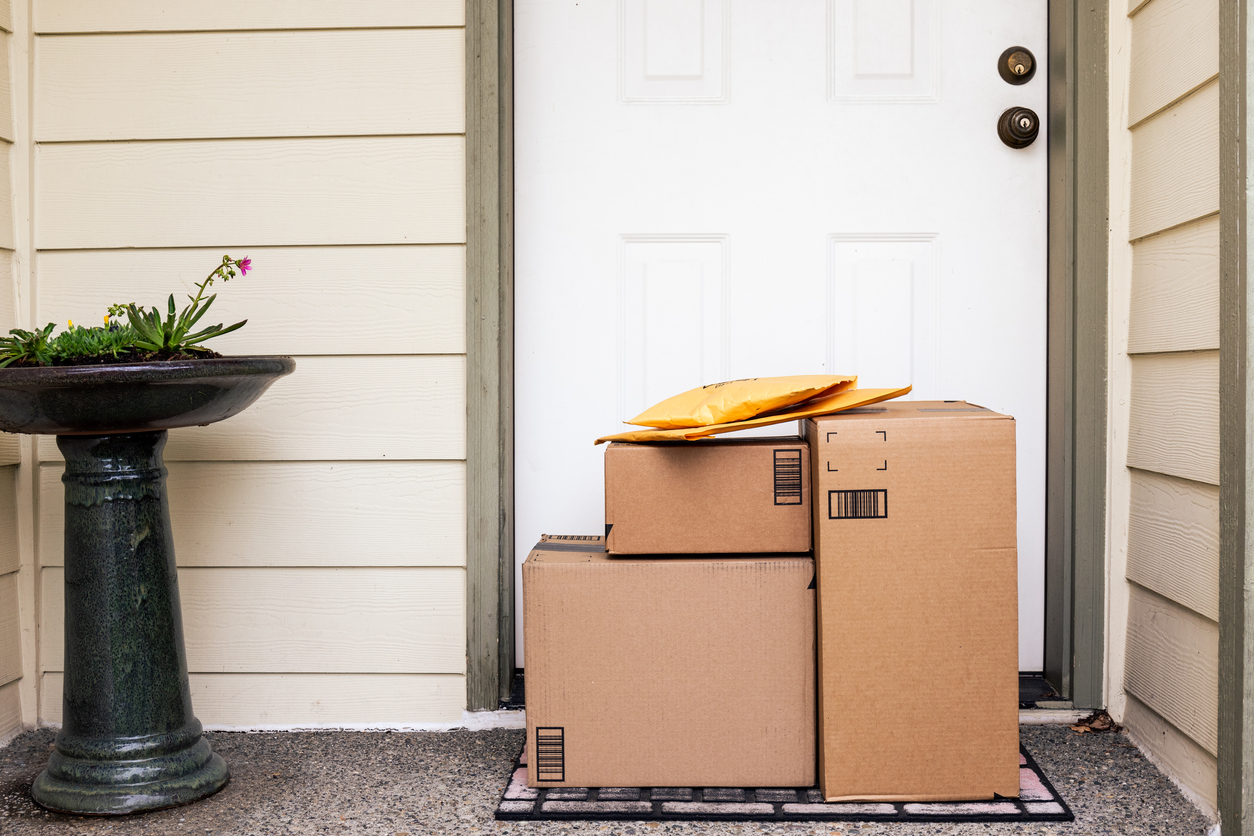
Similarly, if a resident is expecting high-end purchases to be delivered to the doorstep, planning ahead can save a lot of headaches. They can use a locker service or ask for deliveries to be held if they won’t be home, or ask a helpful neighbor to get the package off the steps as soon as possible if it’s delivered when they’re not at home to deter package theft. Using delivery notification services from major retailers, signing up for UPS, USPS, and FedEx delivery notifications on their websites, and using a doorbell or security camera at the front door can help by letting residents know exactly when packages have been delivered, reducing the amount of time the packages spend unattended on the step and at risk of theft.
Use additional security measures, including passwords, on your home Wi-Fi network.
Many of these steps can be made easier by using smart-home tools or a smart-home system; smart systems can turn lights and appliances on and off, open and close garage doors, allow homeowners to confirm that the doors are locked (and lock them, if not), and monitor activity on the front step. Unfortunately, smart-home systems are only as secure as the Wi-Fi system through which they operate. Is the password on the router network still the default password the router came with? Or is it something easy to guess? If any of these are the case, it’s time to upgrade the security of the home’s internet and Wi-Fi by doing a password change across the board.
The password for the router should be something unique that the user has selected and is not easily guessed. The name of the network should also be unique—not the street and house number or the resident’s last name, but something that doesn’t connect the network to the home (some people use favorite vacation spots or sports teams, which is a great idea unless the network name is RedSox2004 and there’s a huge Red Sox flag hanging by the front door). The password for the network should also be unique and not easily guessed, and should not be the same as the password for the router. Some internet service providers offer software that builds an additional firewall to make it more difficult for hackers to get into the network, and if that’s the case, take advantage of it. Finally, check the settings on the router and Wi-Fi network and be sure that they are set to require a password for use.
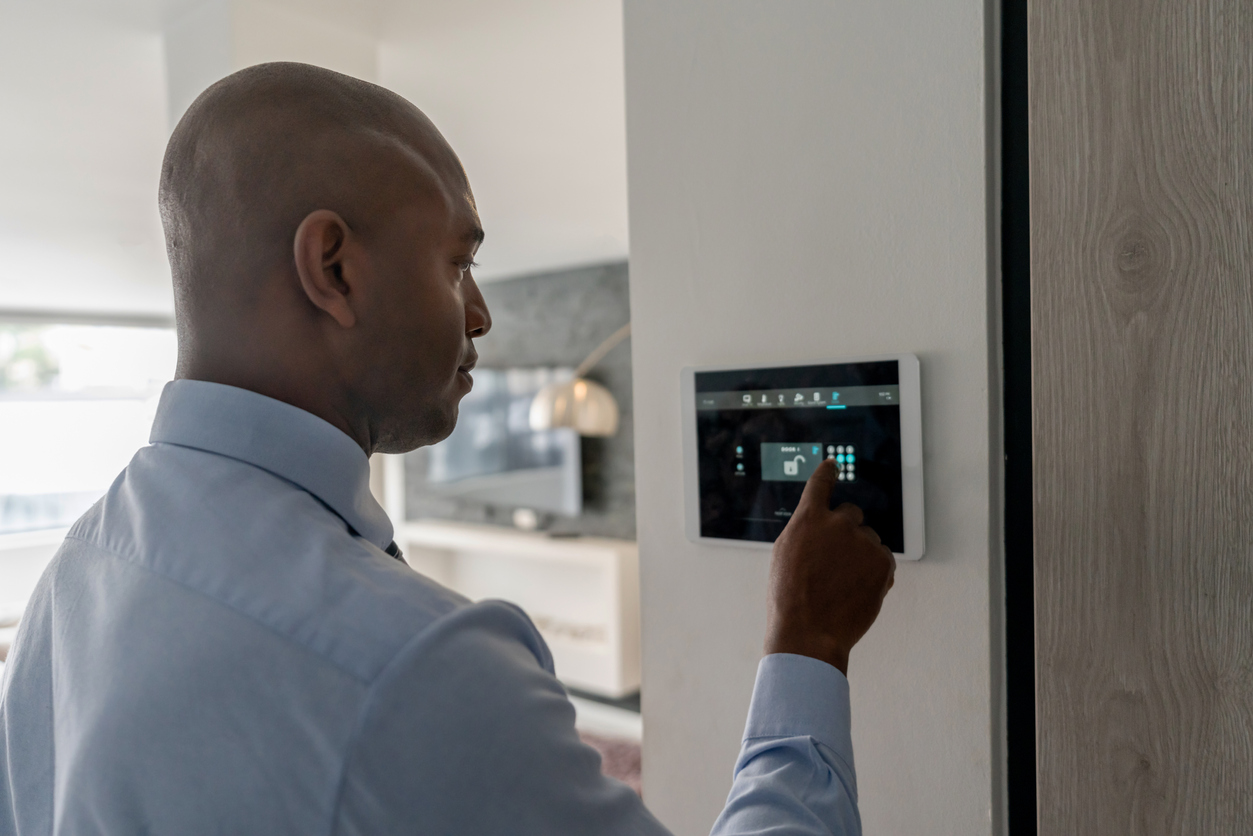
Install a home security system with alarms and cameras to deter criminals and record their activity if they attempt to break in.
These steps will improve the overall security of your home, whether you’re there or away. But one of the best security ideas for your home is a home security system. Security systems used to be something reserved for the wealthy, to protect large homes that would surely be targets for criminals looking for a big haul—with prices to match. The industry has shifted as homeowners and renters in all economic ranges have demanded options to secure their homes. The best home security systems (such as one from Vivint, ADT, or SimpliSafe) range from simple DIY cameras and sensors connected to a smartphone to full-service professional installations with 24/7 monitoring and multiple control centers. There’s a system that is workable with nearly every budget, and specific offerings for homeowners’ and renters’ diverse needs.

Why are home security systems worth the effort and expense? First, visible indications that a home is protected by a security system are active deterrents for criminals. Averse to attention of any kind, criminals and pranksters will avoid homes where visible cameras and signs suggest a security system is in place. The motion sensors that pair with these systems can activate lights, cameras, and potentially audible sirens or voice prompts to leave that will likely push away would-be intruders who are bold enough to ignore the presence of the system.
Should a break-in occur, residents in the home will have extra warning from the security system to seek safety and notify law enforcement (or the system will notify the authorities directly), and the cameras can record excellent data that will provide law enforcement and homeowners insurance companies with evidence of the break-in and potentially help identify the perpetrators. While DIY systems are usually less expensive than the cost of security camera installation by professionals, the benefit of a full-service company is often the agents who help customers find the best home or best apartment security systems for them; these agents are trained to identify the home’s weakest points and problem-solve until the customer’s needs are met. As such, they are often fantastic sources of home security safety recommendations, especially for new homeowners. As an added bonus, many insurance companies provide discounts on premiums to homeowners and renters with security systems, which can significantly offset the cost of the system.
